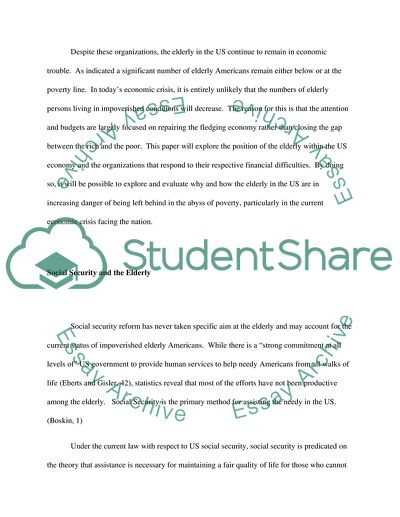Cite this document
(The Position of the Elderly Within the US Economy Research Paper, n.d.)
The Position of the Elderly Within the US Economy Research Paper. Retrieved from https://studentshare.org/macro-microeconomics/1724710-due-to-the-current-economic-crisis-in-the-country-many-elderly-are-now-at-risk-of-being-plunged-into-the-abyss-of-poverty
The Position of the Elderly Within the US Economy Research Paper. Retrieved from https://studentshare.org/macro-microeconomics/1724710-due-to-the-current-economic-crisis-in-the-country-many-elderly-are-now-at-risk-of-being-plunged-into-the-abyss-of-poverty
(The Position of the Elderly Within the US Economy Research Paper)
The Position of the Elderly Within the US Economy Research Paper. https://studentshare.org/macro-microeconomics/1724710-due-to-the-current-economic-crisis-in-the-country-many-elderly-are-now-at-risk-of-being-plunged-into-the-abyss-of-poverty.
The Position of the Elderly Within the US Economy Research Paper. https://studentshare.org/macro-microeconomics/1724710-due-to-the-current-economic-crisis-in-the-country-many-elderly-are-now-at-risk-of-being-plunged-into-the-abyss-of-poverty.
“The Position of the Elderly Within the US Economy Research Paper”, n.d. https://studentshare.org/macro-microeconomics/1724710-due-to-the-current-economic-crisis-in-the-country-many-elderly-are-now-at-risk-of-being-plunged-into-the-abyss-of-poverty.


